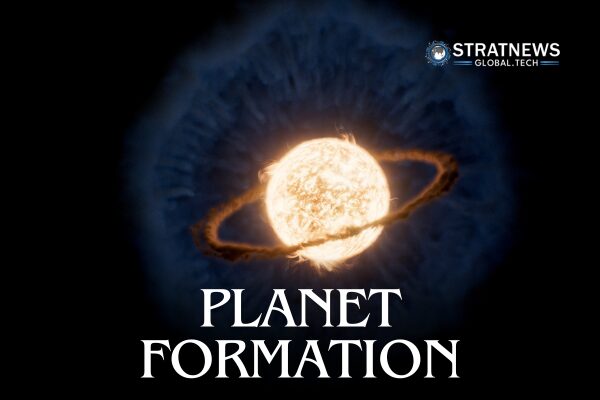Webb Telescope Captures Young Gas Giants in Early Stages of Planet Formation
The James Webb Space Telescope has captured detailed images of two young gas giant planets orbiting a sun-like star. Each planet is in a different stage of development, revealing how complex the process of forming planetary systems can be.
Rare Glimpse Into Infant Planets
These two massive planets were observed in a star system located about 310 light years away in the Milky Way, near the constellation Musca. Both are larger than Jupiter and orbit a young star named YSES-1, which is only 16 million years old. In contrast, our Sun is around 4.5 billion years old.
The planets are far from their star. One orbits at a distance 160 times greater than Earth’s orbit around the Sun. The other orbits at double that distance. Such wide orbits mean each planet could take thousands of years to complete a single loop around their star.
What makes this discovery unique is that these exoplanets are in early stages of their life. Less than 2% of the more than 5,900 known exoplanets have been directly imaged, and it’s even rarer to catch them this young.
Webb Telescope Captures a Tale of Two Different Worlds
The inner planet, about 14 times the mass of Jupiter, has a ring of dust surrounding it. This dust could be leftover from its formation, the result of a collision, or the early stages of moon formation. Webb detected water and carbon monoxide in its atmosphere.
In contrast, the outer planet, which is six times the mass of Jupiter, has no surrounding disk. Instead, its atmosphere contains silicate clouds, as well as methane, water, carbon monoxide, and carbon dioxide. This makes it very different from gas giants in our own solar system.
A Challenge to Planet Formation Theories
Astrophysicist Kielan Hoch of the Space Telescope Science Institute, who led the study, said the discovery challenges existing theories. Planets in the same system are expected to form around the same time and in similar ways. However, these two appear to have very different characteristics.
Hoch noted that both planets orbit farther from their star than expected if they had formed in the typical protoplanetary disk. Why one still has surrounding material and the other does not remains a mystery.
Webb’s observations are revealing new details about planetary atmospheres and structure. Its ability to observe in near- and mid-infrared light has made it a powerful tool for studying how planets form and evolve.
with inputs from Reuters



